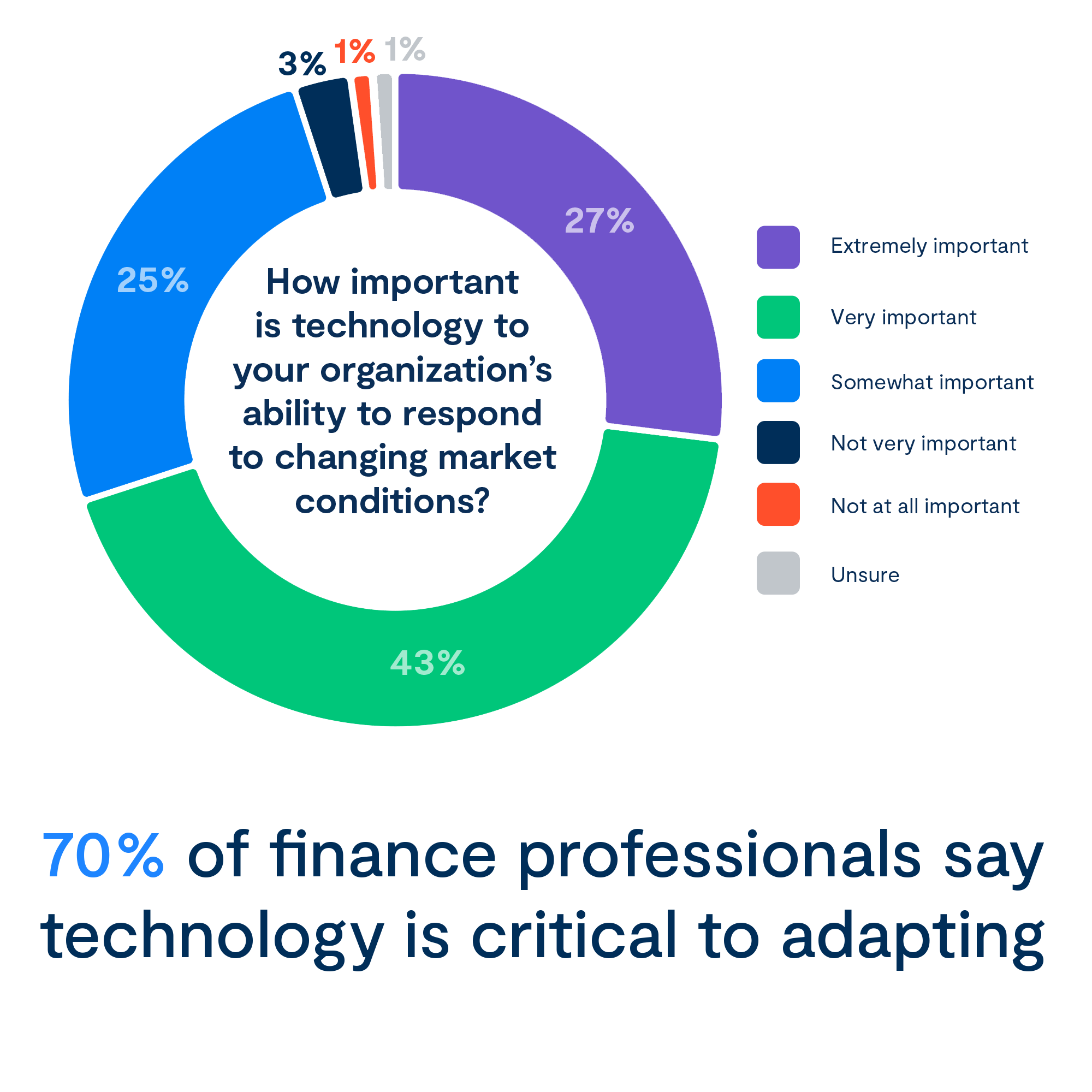Not properly mitigating risk when expanding to emerging markets, lacking an accurate understanding of the impact of natural capital and failing to create the proper ethical culture can all prove to be weak links in a company’s value chain.
That’s according to Rethinking the Value Chain, a series of recently released Chartered Global Management Accountant (CGMA) research reports from the American Institute of CPAs (AICPA) and Chartered Institute of Management Accountants (CIMA). The reports provide guidance and best practices to help business leaders understand the steps they can take to strengthen their value chain.
By focusing on the value chain, which encompasses the environment outside of the traditional boundaries of a business, and by considering the potential impacts from globalization, digitization and demographic shifts, companies can gain actionable insights into the interdependencies that create value. The reports highlight the ways in which business leaders must evaluate opportunities – including those in emerging markets – by looking at both the commercial upside and the risks inherent in less tested business arrangements.
“Today’s fast-paced environment demands that business leaders act quickly to capitalize on the opportunities available to them, including potential partnerships. However, they cannot take an ‘out of sight, out of mind’ approach to managing the dependencies created by their extended value chains. Rather, the more far-reaching the value chain is, the more important performing the necessary oversight becomes,” said Arleen Thomas, CPA, CGMA, senior vice president of management accounting and global markets at the AICPA.
The reports include steps business leaders can take to change how they manage their extended value chains, such as:
- Scrutinize performance and risk and make sure governance structures within the organizations include the appropriate skills to scrutinize performance and strategy and be alert to risks.
- Widen the focus from traditional supply chain analysis to include customer demand to the same extent. It’s not just the distributor and the retailer that need to be included in the analysis, but also those that comment on your product, service or business.
- Learn to embrace dependency and be able to relinquish a degree of independence in favor of shared goals when forming business alliances.
- Review data flows and implement efficient and reliable information exchange throughout the extended value chain. Cloud-based systems can provide a common platform across geographic boundaries.
- Collect, analyze and communicate future-looking information about business activity and the external environment.
- Recognize the external context and understand the regulatory, social system and infrastructure requirements necessary to support operations across the value chain.
- Align key performance indicators and articulate what criteria will be used to define ‘value.’
- Develop collaborative business partnerships to gain competitive advantage which extends across the entire value chain, while ensuring alignment between the supply chain, the business and corporate strategy.
“CGMAs have the ability to evaluate the opportunities presented by business relationships, while tracking performance and monitoring risks to help ensure the value chain is managed effectively,” added Thomas.
The series of reports includes: The Extended Value Chain; Accounting for Natural Capital in the Value Chain; Ethics, Risk and Governance through the Extended Value Chain, and Combating Corruption Across the Value Chain, as well as two case studies: Kimberly-Clark – Managing Natural Capital in the Value Chain, and Ethical Culture Change at Siemens.
All of the reports, along with tools and videos, are available to CGMAs at on cgma.org.
Thanks for reading CPA Practice Advisor!
Subscribe Already registered? Log In
Need more information? Read the FAQs
Tags: Financial Management




